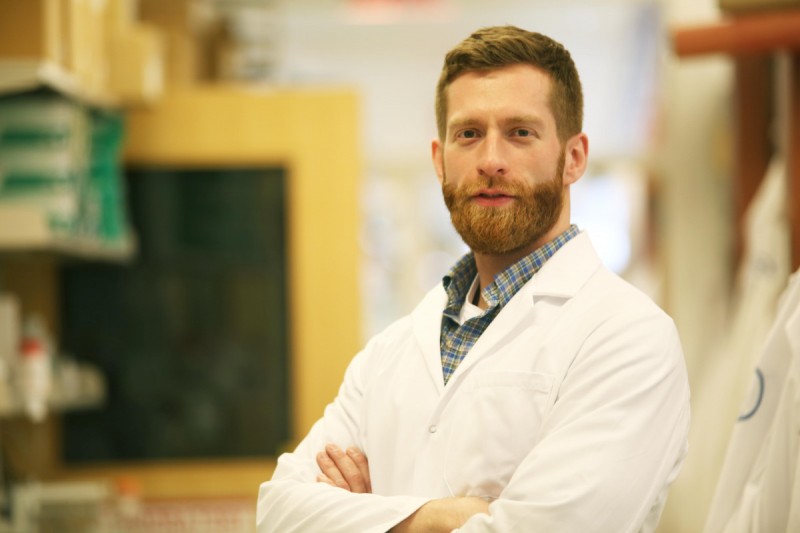
During my PhD training as a medicinal chemist at the University of Technology Darmstadt, Germany, I developed new fluorescent markers to selectively label the pathological protein deposits linked to Alzheimer’s disease (AD) in the human brain, putting particular focus on tau pathology imaging in order to develop new diagnostic approaches for this disease. My research yielded the identification and implementation of several new substance classes, which possess favorable pharmacokinetic features and were successfully tested in AD animal models. Applying these markers, I have pioneered techniques to identify certain areas of the olfactory epithelium and the retina which harbor tau deposits as well and demonstrated the correlation of the severity of tau load in these regions with the progress of the disease.
After joining the Chiosis lab at MSKCC, I expanded my interests to chemical biology and translational research. Here I am integrating my knowledge in medicinal chemistry and molecular imaging into using chemical biology approaches to investigate the modulation of Hsp90 networks in cancer and neurodegenerative diseases. In an effort to better understand the biology of chaperones in disease with the ultimate purpose of clinical translation of these agents, my research has focused on the design and synthesis of novel therapeutic and imaging strategies to non-invasively detect and quantify chaperone networks involved in cell stress, which may play a critical role in the development of cancer and neurodegenerative diseases.